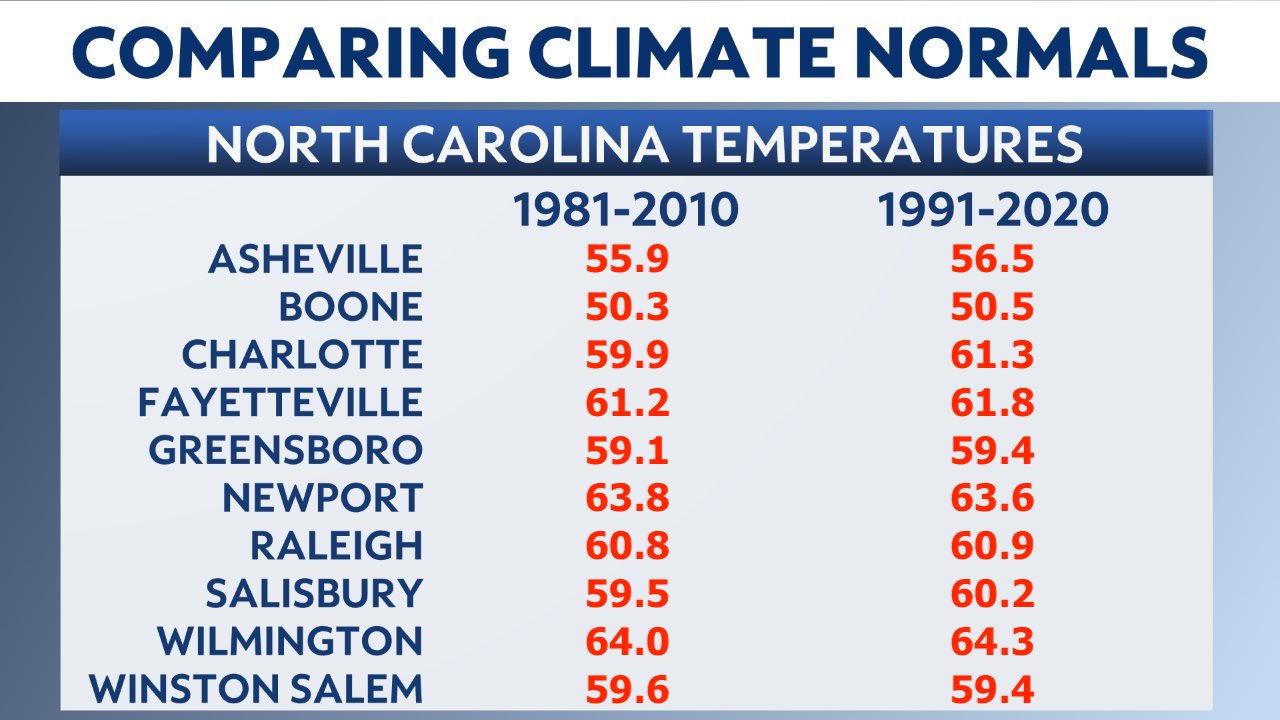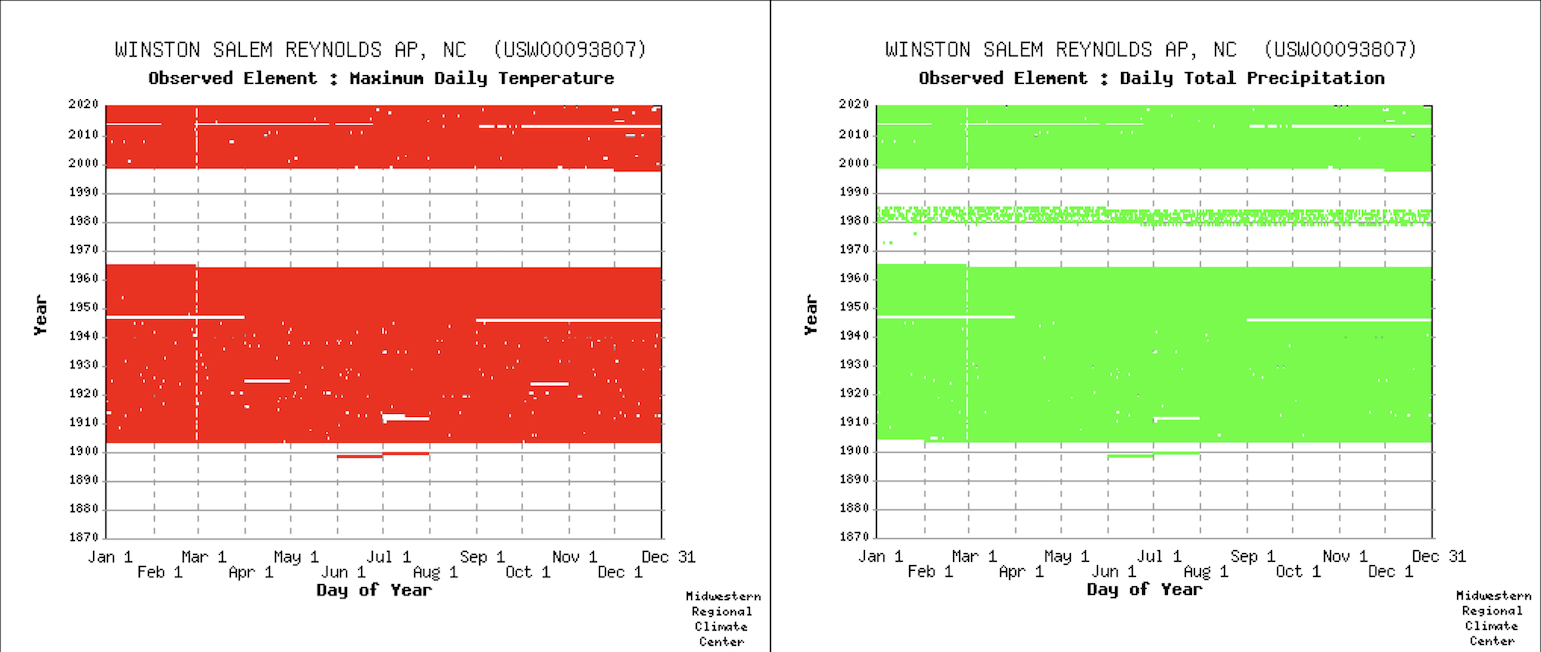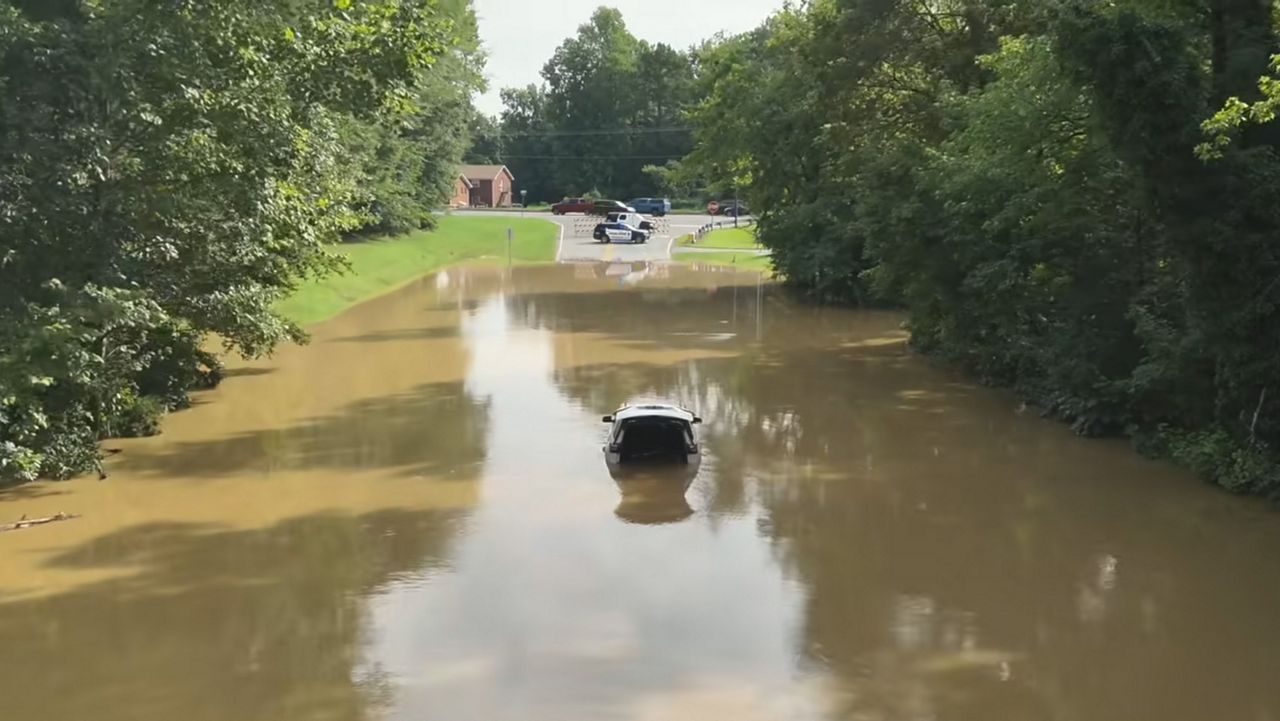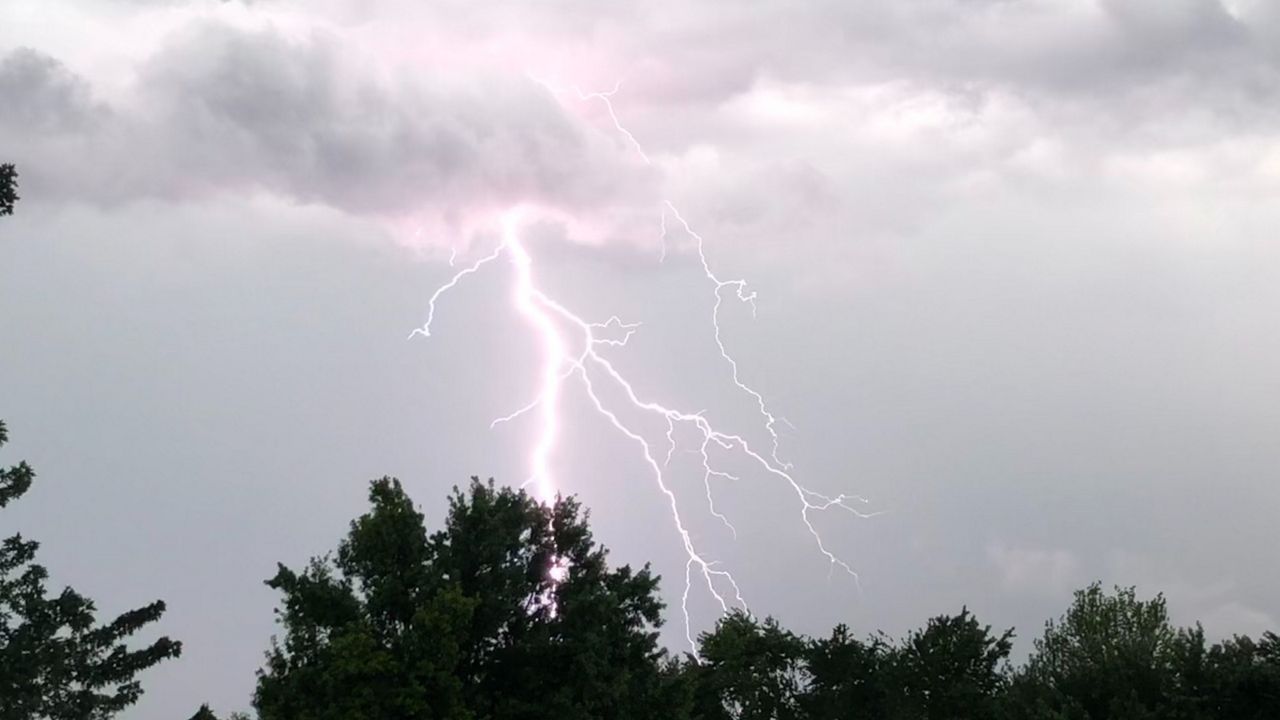In 2020 we learned a new “normal.” The pandemic forced us to resort to interacting more online and less in person.
We’ve picked up our food curbside or had it delivered and had more Zoom meetings than we could count. In 2021, another new normal is coming, and it’s one that pertains to our weather.
Meteorologists can’t tell you what the weather forecast looks like for your cousin’s wedding five months from now, but we can give you an idea for what the weather is on average on that date.
We call this data the “climate normal” and it can help us see what the weather behaves like on average on any date of the year.
These numbers change every 10 years because they reflect a period of 30 years. The current climate normals are from 1981-2010 and the new normals will be for 1991-2020.
So that begs the question - what’s the new normal? To answer that question, we could look at how the data has changed for all 365 days, but that would take too long!
Here’s an idea for how the average temperature has changed for major metropolitan areas around North Carolina from the old to new climate normals:

You may have noticed that these temperatures are nearly all warmer than the previous climate normals. There’s no doubt from the data that the weather is getting warmer on average across the state year-to-year.
Regarding precipitation, the trend is much more clear. Comparing the 30-year increments shows a definite pattern between the two time periods.

It's worth mentioning that the climate data for 1991-2010 is purely preliminary and is waiting for final verification from the National Weather Service. Winston-Salem's climate station is the Winston-Salem Reynolds Airport, which is missing data from 1965 to 1998.

The matter of what is causing the change in data over these climate normals is a matter for another blog. However, we don’t have to just compare the two groups of climate data - many cities in North Carolina have temperature and precipitation data spanning several decades!
You can find all this data and much more interesting weather history information at https://www.ncdc.noaa.gov/cdo-web/datatools/normals









